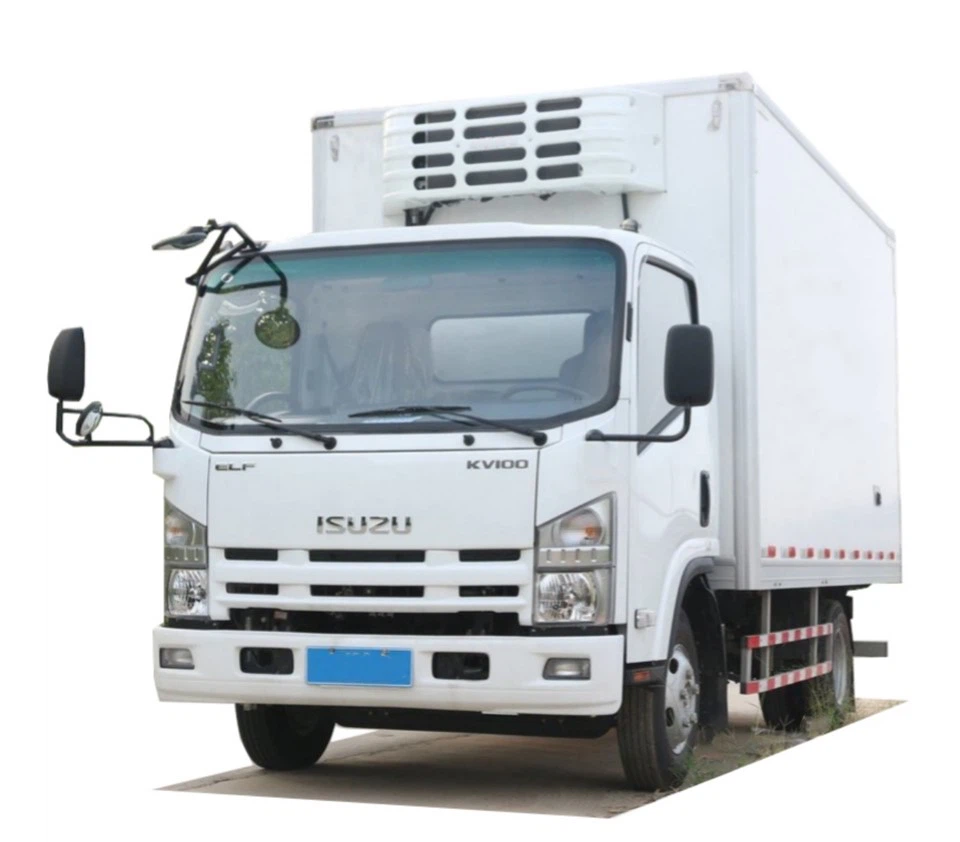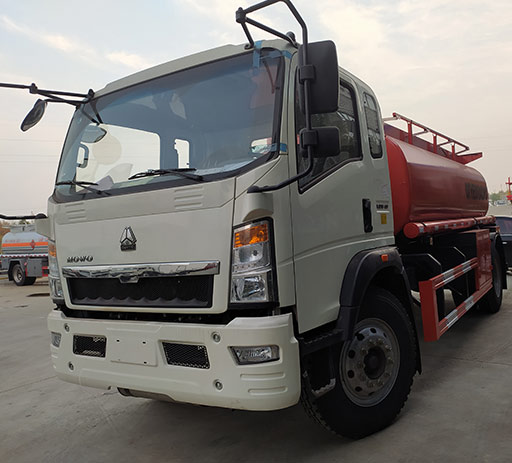How to Build a Kenworth: A Comprehensive Guide

Building a Kenworth truck is a rewarding process that combines engineering precision with personal investment. Whether you’re a trucking enthusiast or a fleet manager looking to customize your fleet, understanding how to build a Kenworth truck can certainly enhance your experience. This article aims to provide you with a step-by-step guide, practical tips, and insightful examples to ensure you build a Kenworth that meets your needs.
Table of Contents
- Understanding Kenworth Trucks
- Types of Kenworth Models
- Key Components of a Kenworth Truck
- Designing Your Kenworth
- The Building Process: Step-by-Step
- Tips for Assembly
- Troubleshooting Common Issues
- Maintaining Your Kenworth
- Frequently Asked Questions
Understanding Kenworth Trucks
Kenworth is a premier manufacturer of heavy-duty trucks, known for their durability, performance, and reliability. These trucks are commonly used for transporting goods across long distances and come with a variety of specifications tailored to different industries.
History of Kenworth
Founded in 1923, Kenworth has established itself as one of the leading manufacturers in the trucking industry. The brand is known for its innovation and quality in design, evident in its signature trucks that are built to handle various logistical challenges.
Importance of Building a Custom Kenworth
Customizing a Kenworth truck allows owners to tailor the vehicle to their specific needs. This can include unique specifications for cargo, engine power, fuel efficiency, and comfort which can significantly enhance overall performance on the road.
Types of Kenworth Models
Kenworth offers a variety of models to meet diverse demands. Understanding the models is crucial when deciding which one to customize.
| Model | Type | Best Use |
|---|---|---|
| W990 | Semi-truck | Long-haul trucking |
| T680 | Aerodynamic | Fuel-efficient long-haul |
| T880 | Construction | Heavy-duty hauling |
| K370 | Medium Duty | Urban delivery |
Choosing the Right Model for Your Needs
Consider factors such as cargo weight, distance, and the terrain you will commonly drive on when selecting a model. Each has unique features designed for varying circumstances.
Key Components of a Kenworth Truck
Building a Kenworth involves understanding its key components. Each part plays a critical role in performance, safety, and comfort.
Engine
The heart of your Kenworth truck is its engine. Choose between diesel or natural gas engines, depending on your fuel preference and distance covered.
Transmission

If you’re looking for efficiency, consider the type of transmission. Options range from manual to automated systems, providing various shifts for different driving styles.
Chassis and Frame
The chassis is essential for supporting weight. Choose a robust frame material that will withstand the loads expected in your operations.
Cab and Interior Features
Comfort is crucial, especially for long hauls. Customize the cab with ergonomic seating, advanced GPS systems, and entertainment features.
Designing Your Kenworth
Designing your Kenworth truck requires careful consideration of both aesthetics and functionality.
Selecting a Color Scheme
Your truck’s color not only depicts your brand but also influences its visibility on the road. Choose colors that stand out yet align with your business branding.
Adding Custom Features
Custom features could include additional storage space, custom lighting setups, and more. These features can enhance both the look and functionality of your truck.
Example: Customizing a Kenworth T680
One popular customization is outfitting the Kenworth T680 with a high-efficiency aerodynamic package to improve fuel savings without sacrificing load capacity.
The Building Process: Step-by-Step
Building a Kenworth involves several stages that ensure everything comes together seamlessly.
1. Initial Planning
Define your objectives and establish a budget. Research the required specifications based on your usage.
2. Selecting Parts
List out all components you need. Utilize authorized suppliers for quality assurance and assistance regarding compatibility.
3. Assembly
Undergo the assembly process step-by-step, ensuring each component is installed correctly.
Assembly Example: Installing the Engine
Begin by securing the engine to the chassis and aligning it with the drivetrain for seamless power transfer.
4. Testing
Once assembled, conduct road tests to evaluate performance, handling, and safety features.
5. Final Adjustments
Identify any discrepancies or issues during the testing phase and make the necessary adjustments.
Tips for Assembly
A successful build hinges on several important factors. Here are practical tips to consider during assembly:
Keep a Detailed Checklist
Document each component as it is integrated. This will help avoid missing critical pieces during the build.
Prioritize Safety
Always wear safety gear and follow safety protocols when assembling your truck. Missteps can lead to injuries or expensive mistakes.
Consult Experts
Do not hesitate to reach out to Kenworth professionals or assembly technicians for guidance, especially if you’re uncertain about a specific component.
Troubleshooting Common Issues

During and after assembly, you may encounter some common issues. Here are some troubleshooting strategies.
Engine Overheating
Check coolant levels and ensure radiator functions efficiently. Additionally, inspect the oil levels and engine timing.
Poor Handling
Evaluate your suspension system and wheel alignment. Having proper alignment can significantly enhance driving comfort.
Noisy Cab
Inspect parts for any loose connections or missing insulation, which could lead to uncomfortable noise levels during operation.
Maintaining Your Kenworth
After building your Kenworth truck, maintaining it is crucial for longevity and performance.
Regular Inspections
Conduct regular inspections to catch potential issues early. This includes checking brakes, tires, and engine performance.
Scheduled Maintenance

Follow a scheduled maintenance program for oil changes and necessary component replacements to ensure optimal performance.
Road Tests
Occasionally, perform road tests to verify the overall condition of your truck. Address any performance concerns as they arise.
Frequently Asked Questions
What is the cost of building a Kenworth truck?
The cost varies significantly based on components chosen, ranging from tens of thousands to robust figures beyond a hundred thousand dollars, especially for custom features.
How long does it take to build a Kenworth truck?
The timeframe for building a Kenworth depends on the complexity of your design and availability of parts; it can take anywhere from a few weeks to several months.
Can I customize my Kenworth truck after purchasing it?
Yes, you can make extensive modifications after purchase, including adding storage solutions, upgrading the interior, and enhancing performance parts.
Where can I find parts for my Kenworth truck?
Authorized Kenworth dealers are ideal for purchasing quality parts, but you can also find aftermarket options through trusted retailers.
Is building a Kenworth truck a good investment?
Built to last, a Kenworth truck is often regarded as a good investment, especially if customized to suit specific business needs, leading to better efficiency and potentially higher profits.
